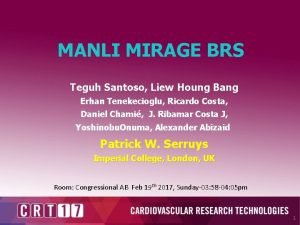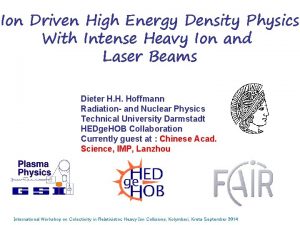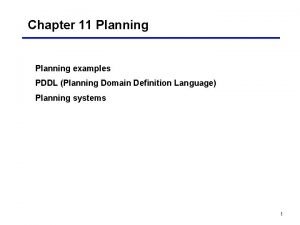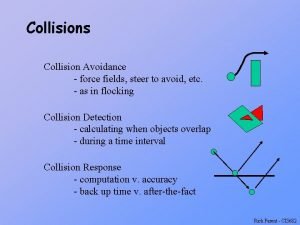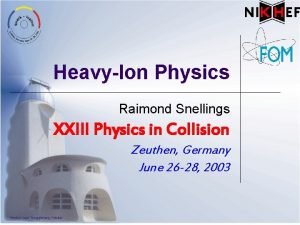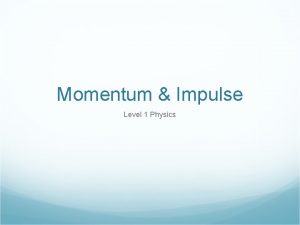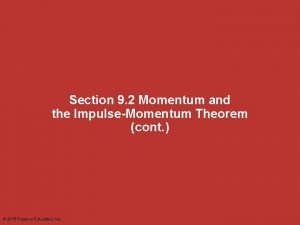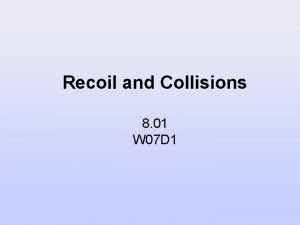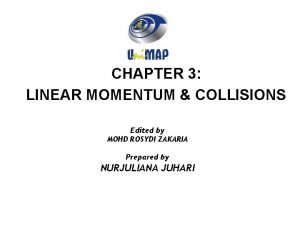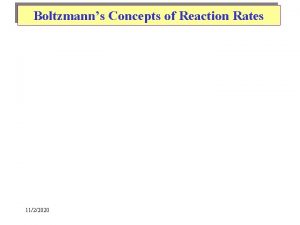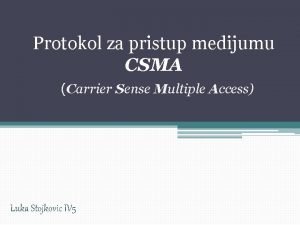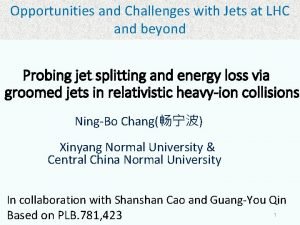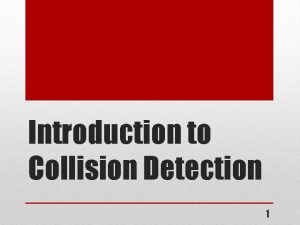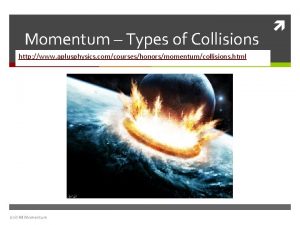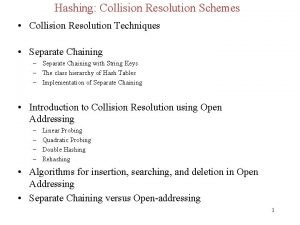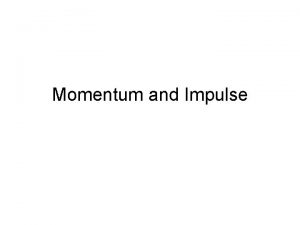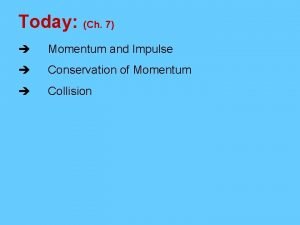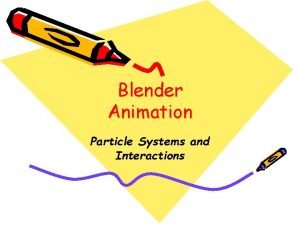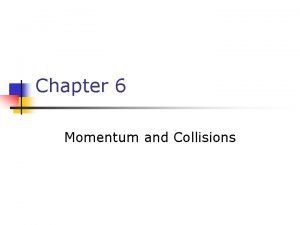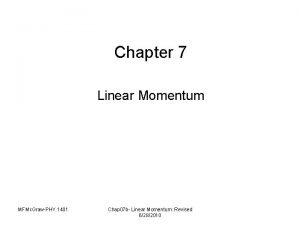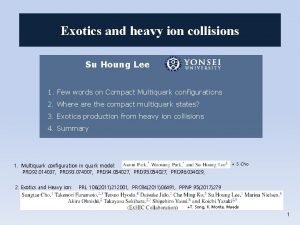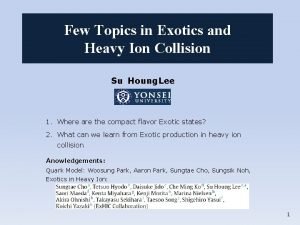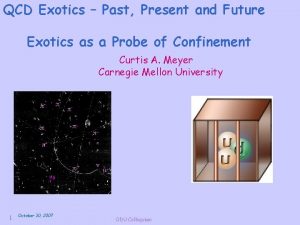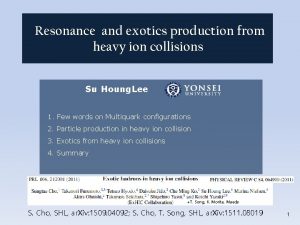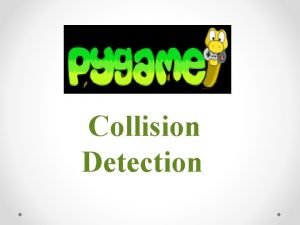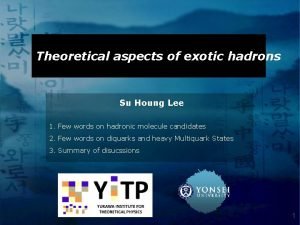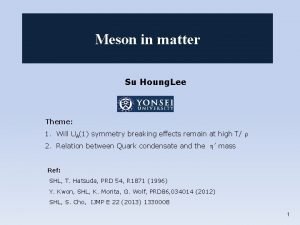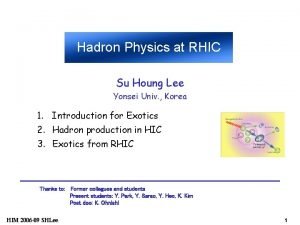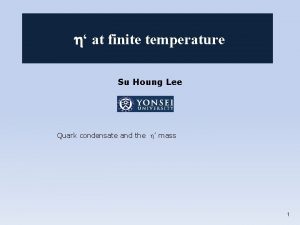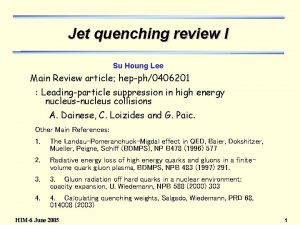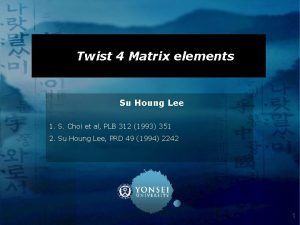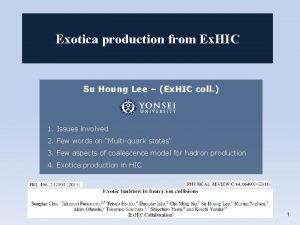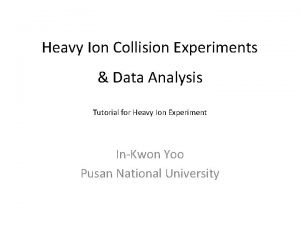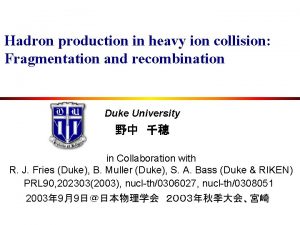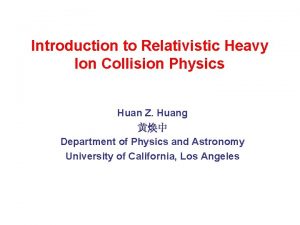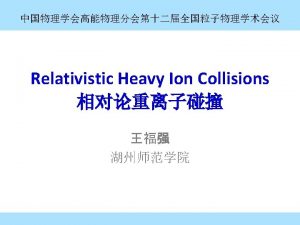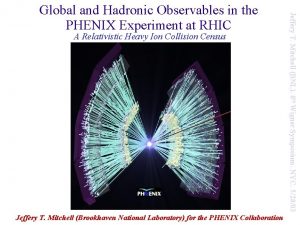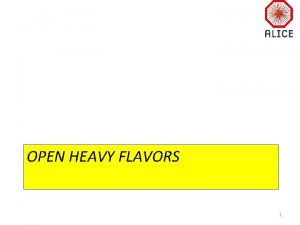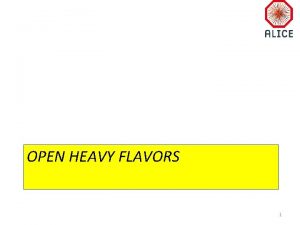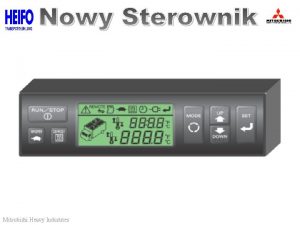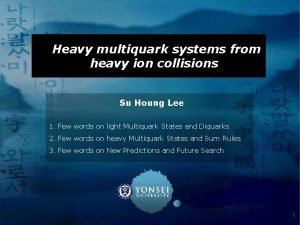Exotics from Heavy Ion Collision Su Houng Lee
























![Hadron production through coalescence u d Normal meson [overlap]=1 d s d d d Hadron production through coalescence u d Normal meson [overlap]=1 d s d d d](https://slidetodoc.com/presentation_image_h2/5060c342616d68ab6f8e3edfcba34705/image-25.jpg)




![Fachini [STAR] Expectations [overlap] at LHC 30 Fachini [STAR] Expectations [overlap] at LHC 30](https://slidetodoc.com/presentation_image_h2/5060c342616d68ab6f8e3edfcba34705/image-30.jpg)


![Deuteron production [Coalescence at TF (125 Me. V) ] VF : Freezeout Volume TF Deuteron production [Coalescence at TF (125 Me. V) ] VF : Freezeout Volume TF](https://slidetodoc.com/presentation_image_h2/5060c342616d68ab6f8e3edfcba34705/image-33.jpg)
- Slides: 33

Exotics from Heavy Ion Collision Su Houng Lee – (Ex. HIC coll. ) 1. Recent findings of “Multiquark states” 2. Statistical vs Coalescence model for hadron production 3. Exotic production in HIC 4. Summary 1

I: Recent findings of “Multiquark states” 2

X(3872) - 2003 - - 2013 - 3

Z(4430) - 2007 - - 2014 Spin parity = 1+ G=+ will look at C=- 4

Z(3900) - 2013 BESIII Probably the same Quantum Number as Z(4430) Hence, 5

Width of p A V - A 1(1260) r + p - Z(3900) J/y + p - Z(4430) y‘ + p Although quark content is [(cu)(cd)], overlap is very small 6

Quark wave function for Tetraquark - wave and spin 1 - Woosung Park (Thesis) 1 c 2 q quark 3 c 4 q antiquark Color singlet Spin 1 7

Quark wave function for s-wave S=1 Tetraquark 1 c q 2 3 c q 4 (Park, SHL 14) C=+ Color Spin C=- 8

Hamiltonian Using Brink, Stancu 98 Ground state of C=+ (Woosung Park, SHL 14) Or 9

State with C=- (Woosung Park, SHL 14) Ground state Or Z(4430) and Z(3900) are molecular states: Or Z(4430), X(3872) can be mixture of tetraquark and molecule Navara, Nielsen, Lee, Phys. Rept (11) 10

Why only heavy tetraquarks ? ? (qq) vs (qq) attraction Ø Ø q q Introducing c c q q 11

Tetra-quark – hadronic weak decay modes 1+ u SHL, S Yasui, W Liu, C Ko (08) - d c c 0 - u c 1 - d c Binding against decay = - 79. 3 Me. V Previous works on Tcc Z. Zouzou, B. Silverstre-Brac, C. Gilgnooux, J Richard (86), D. Janc, M. Rosina (04), Y. Cui, S. L. Zhu (07) QCD sum rules: F Navarra, M. Nielsen, SHLee, PLB 649, 166 (2007) simple diquark: SHL, S. Yasui, W. Liu, C Ko EPJ C 54, 259 (2008), SHL, S. Yasui: EPJ C (09) 12

Question 1: Are X(3872), Z(3900), Z(4430) molecular states or multiquark states Question 2: Where can we find flavor exotic multiquark states Answer for both 1 and 2: From HIC 13

Normal meson, Tetraquark and Molecule Normal meson Tetraquark Molecule u Geometrical configuration u d u u u d 14

Naïve Bag Model for Multiquark states u d u 15

II: Statistical vs Coalescence model for Hadron production in Heavy Ion Collision -Production of hadrons -Production of light nuclei 16

Hadron production in ( p+p C+X ) collision c u b p d u Gb/p c b ds a d p c u Ga/p C DC/c g d a X 17

Hadronization and freezeout in Heavy Ion Collision T>Tc 1 fm/c TH: Hadronization QGP 7 fm/c 5 fm/c T=Tc TF: Freezeout Hadron phase Hadron Multiquark formation t 17 fm/c Light nuclei Molecular structure formation 18

Statistical Model for Hadron Yield in HIC (PB Munzinger, Stachel, Redlich) Freezeout points 19

Coalescence model M u d d u PT dependence of ratio Ko et al u s u d c s c Quark number scaling of v 2 Ko et al d u c c d v 4 Ko et al 20

Hadron production near phase bounday (TH ) Coalescence model = Statistical model + overlap Suppression of p-wave resonance (Muller and Kadana En’yo) M u u s u d d u d c s c d u c d c 21

Molecule and light nuclei production near freezeout (TF ) Statistical Model for light Nuclei RHIC/STAR antimatter 22

Hadronic phase and Deuteron formation in Heavy Ion Collision VF: Freezeout Volume VH: Hadronization Volume T>Tc 1 fm/c TH: Hadronization QGP 7 fm/c 5 fm/c T=Tc TF: Freezeout Hadron phase t 17 fm/c S/N is conserved (Siemens, Kapusta 79) 23

But Production of multiquark states are suppressed Success of Coalescence model u d Normal meson [overlap]=1 d d u c u s d c s u u d d u u d c u d d u Tetraquark configuration [overlap]<<1 24
![Hadron production through coalescence u d Normal meson overlap1 d s d d d Hadron production through coalescence u d Normal meson [overlap]=1 d s d d d](https://slidetodoc.com/presentation_image_h2/5060c342616d68ab6f8e3edfcba34705/image-25.jpg)
Hadron production through coalescence u d Normal meson [overlap]=1 d s d d d u d d s d u u s d d d s u u d u u s d u u u d u d u u d Molecular configuration: [overlap]=1 Tetraquark configuration [overlap]<<1 25

III: Heavy Exotics from Heavy Ion Collision 26

New perspective of Hadron Physics from Heavy Ion Collision Ø large number of c , b quark production Ø Vertex detector: weakly decaying exotics : FAIR 104 D 0 /month, LHC 10 5 D 0/month Ø Tcc production Tcc/D > 0. 34 x 10 > 0. 8 x 10 -4 -4 RHIC LHC 27

Details of coalescence model calculation (Ex. HIC PRL, PRC 2011) Ø Model central rapidity, central collision Ø Introduce charm fugacity Ø Coalescence model and Wigner function Ø LHC 10 5 D 0/month Parameters to fit normal hadron production including resonance feedown from statistical model 28

Ø Hadron coalescence 29
![Fachini STAR Expectations overlap at LHC 30 Fachini [STAR] Expectations [overlap] at LHC 30](https://slidetodoc.com/presentation_image_h2/5060c342616d68ab6f8e3edfcba34705/image-30.jpg)
Fachini [STAR] Expectations [overlap] at LHC 30

Ex. HIC (2011): multiquark/molecule candidates - yield 31

Summary 1. Compact multiquark configurations are harder to form from heavy ion collision. f 0 measurement suggest that it can not be a pure multiquark structure. 2. Measuring X(3872) or Z(3900) J/y+ p from heavy ion collision can discriminate between a molecular structure and multiquark configuration. 3. Heavy multiquark states + Exotics can be observed at LHC 32
![Deuteron production Coalescence at TF 125 Me V VF Freezeout Volume TF Deuteron production [Coalescence at TF (125 Me. V) ] VF : Freezeout Volume TF](https://slidetodoc.com/presentation_image_h2/5060c342616d68ab6f8e3edfcba34705/image-33.jpg)
Deuteron production [Coalescence at TF (125 Me. V) ] VF : Freezeout Volume TF : Freezeout Temp VH TH : Hadronization V (fm 3) Nstat(TH) 1908 VD(T) (fm 3) NN Deuteron Triton 0. 7 30 0. 25 0. 0014 0. 24 0. 0014 Ncoal(TF) V parameterization: 11322 16 15. Chen, Greco, Ko, SHL , Liu 04 33
 Liew houng bang
Liew houng bang Natural selections exotics
Natural selections exotics Top heavy bottom heavy asymptotes
Top heavy bottom heavy asymptotes Heavy ion
Heavy ion Uniones intermoleculares
Uniones intermoleculares Force de london
Force de london Ejemplo de fuerza ion ion
Ejemplo de fuerza ion ion Qumica
Qumica Pddl when example
Pddl when example Collision theory
Collision theory Follow the four r's (read right reduce and ride) when
Follow the four r's (read right reduce and ride) when 5.b impulse
5.b impulse Collision physics
Collision physics Hines hill train crash
Hines hill train crash Quickchek menu
Quickchek menu Momemtums
Momemtums A mosquito and a truck have a head on collision
A mosquito and a truck have a head on collision Recoil collision
Recoil collision Perfectly inelastic collision definition
Perfectly inelastic collision definition Ordered pair and unordered pair
Ordered pair and unordered pair Collision theory
Collision theory Elastic vs inelastic
Elastic vs inelastic Csma cd
Csma cd Paron collision
Paron collision Collision detection discrete vs continuous
Collision detection discrete vs continuous Types of collision
Types of collision New world collision
New world collision Hashing collision resolution techniques
Hashing collision resolution techniques Momentum in terms of energy
Momentum in terms of energy Example of inelastic collision
Example of inelastic collision Blender particle system
Blender particle system Perfectly inelastic collision
Perfectly inelastic collision Bridge collision domain
Bridge collision domain Elastic momentum
Elastic momentum
